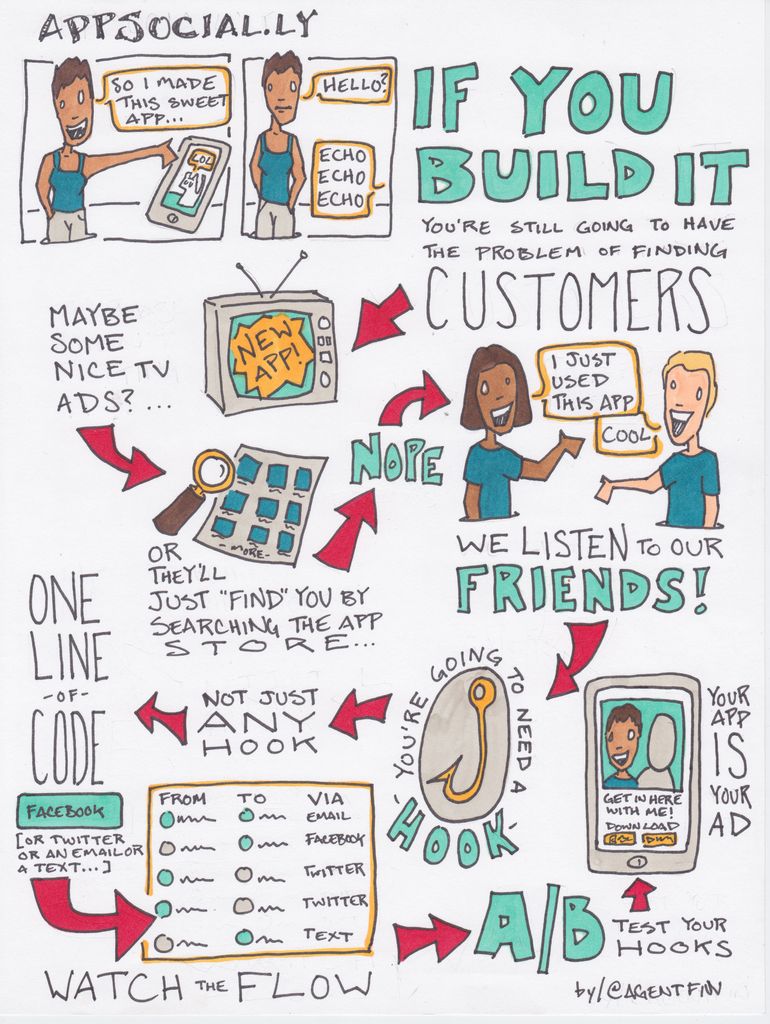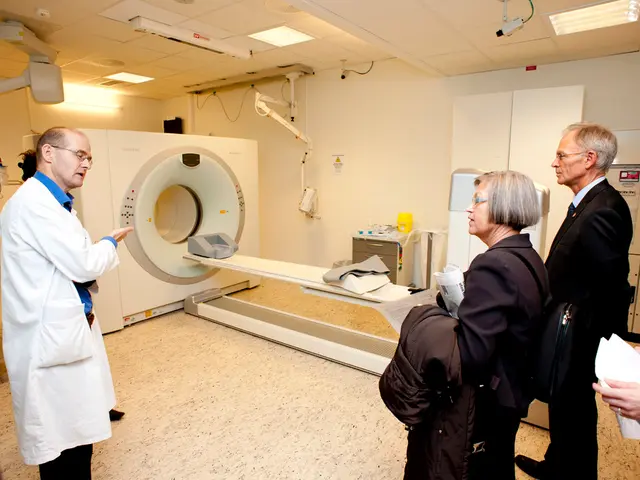Psychology's Classical Conditioning Exploration: How Traditional Conditioning Methods Influence Human Behavior
Title: Unraveling the Power of Classical Conditioning: Achievements, Implications, and Everyday Applications
Embrace the fascinating world of classical conditioning - a cornerstone of psychology that influences behaviors and learning! Discovered by the ingenious Ivan Pavlov, this learning mechanism plays a pivotal role in shaping our actions, from the smarter dog of his experiments to our everyday reactions and preferences.
Delve into the captivating journey of Pavlov's dog experiments and Watson and Rayner's Little Albert experiment, showcasing how associative learning unravels. Dig deep into the core principles of classical conditioning, such as acquisition, extinction, spontaneous recovery, generalization, and discrimination.
The Discovery of a Revolutionary Concept
Originally discovered by Russian physiologist Ivan Pavlov, classical conditioning revolves around understanding how behaviors are learned through association. Inspired by the digestive systems of dogs, Pavlov set out to explore the surprising connections between stimuli and responses, giving birth to the extraordinary concept of classical conditioning.
Key Principles in Action
Learning by Association
Classical conditioning begins with learning through association between a neutral stimulus (NS), an unconditioned stimulus (UCS), and a subsequent conditioned response (CR). Envision a bell (NS) paired with food (UCS) repeatedly. Surprise! The bell alone elicits salivation (CR) from dogs over time, demonstrating the power of association.
Extinction and Spontaneous Recovery
With the absence of the UCS, extinction occurs as the conditioned stimulus (CS) gradually weakens and eventually vanishes. But wait! Give it some time, and spontaneous recovery strikes with the reappearance of the conditioned response as if it were brand new!
Generalization and Discrimination
Generalization refers to the tendencies for stimuli similar to the CS to also elicit a CR, whereas discrimination allows the animal to differentiate between the CS and dissimilar stimuli that do not predict the UCS.
Just a Bark Away: Applying Classical Conditioning in Real Life
Classical conditioning in Advertising
Advertisers harness the power of classical conditioning to create those coveted positive associations with their products. By combining their brands with enticing experiences, they can influence consumer behavior. How? Slap a stylish logo on an appealing product or break out the catchy tunes for a fail-proof marketing strategy that locks in positive associations with the brand!
Formation of Habits and Routines
Classical conditioning is also the unsung hero behind the habits and routines that shape our daily lives. Remember that coffee-and-news morning routine? The acts of drinking coffee and starting your day on the right foot are now intertwined, making it hard to separate them. This associative learning helps in establishing regular habits and routines.
Reactions and Preferences in Everyday Life
Positive or negative experiences can profoundly impact our daily experiences and preferences. For example, a delightful dinner at a restaurant might tug at the heartstrings and leave a lasting impression, encouraging multiple visits. On the flip side, a poor dining experience might sway your tastes towards avoiding that restaurant altogether.
Beyond Classical Conditioning: Modern Developments
Today, classical conditioning finds new ground in a multitude of fields, from neuroscience to advertisement. A prime example is reversal learning, a handy tool used in advertising to condition consumers to react differently to a stimulus over time. This flexibility allows advertisers to stay one step ahead of their audience, always evolving their techniques for maximum engagement.
Embrace the wonders of classical conditioning! Understand its implications, applications, and everyday adventures, and gain a fresh perspective on how associations shape previously automatic behaviors.
Observing the groundbreaking discovery of classical conditioning by Russian physiologist Ivan Pavlov, it's fascinating to see how this psychological concept has evolved. Initially revolving around the connections between stimuli and responses, classical conditioning has expanded into education-and-self-development, science, and even everyday life.
The principle of learning by association, as demonstrated by the famous case of Pavlov's dogs, has significant implications. For instance, in psychology, advertisers utilize this concept to create positive associations for their products to influence consumer behavior, while in everyday life, the formation of habits like the coffee-and-news routine are the result of classical conditioning (anxiety, learning).








